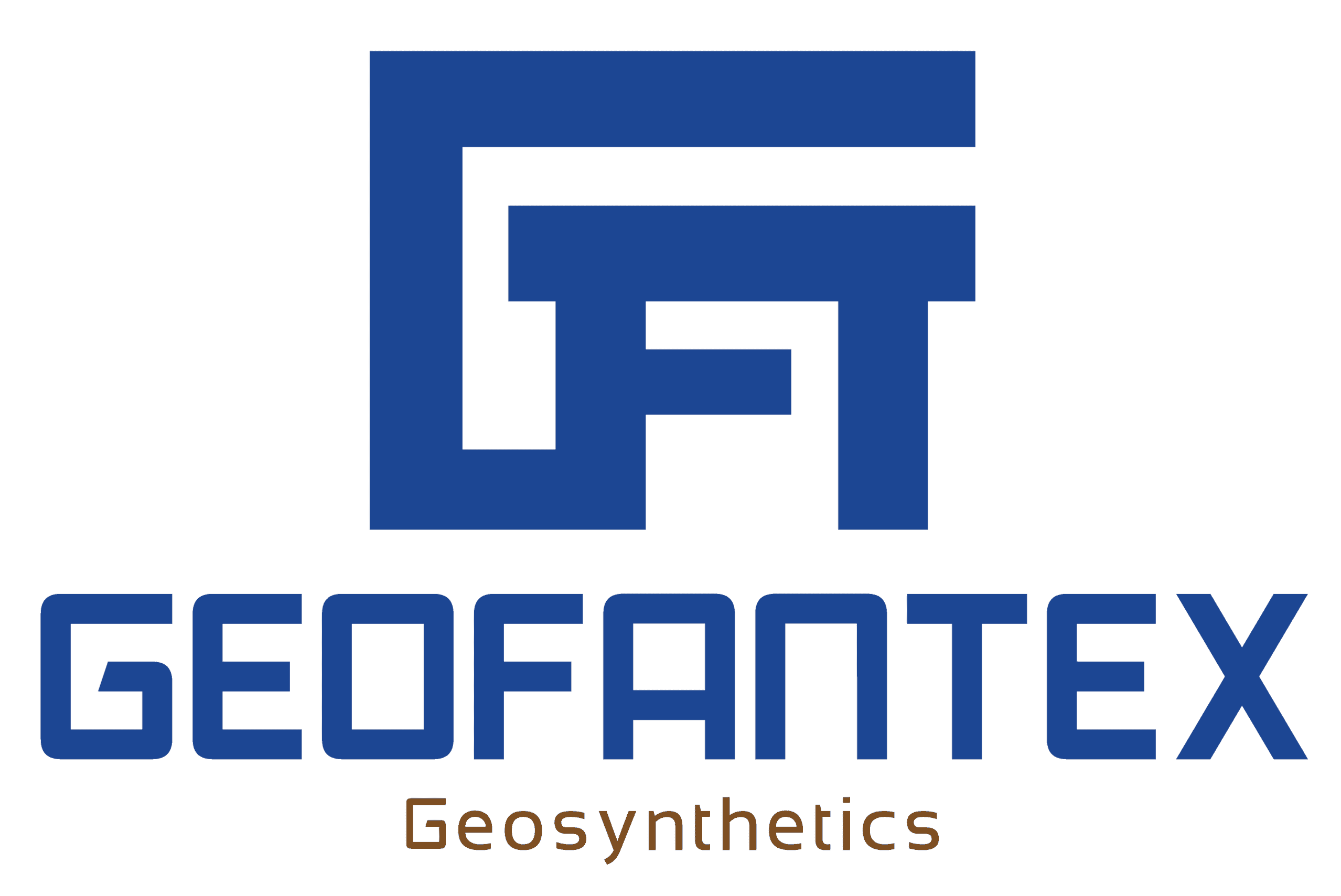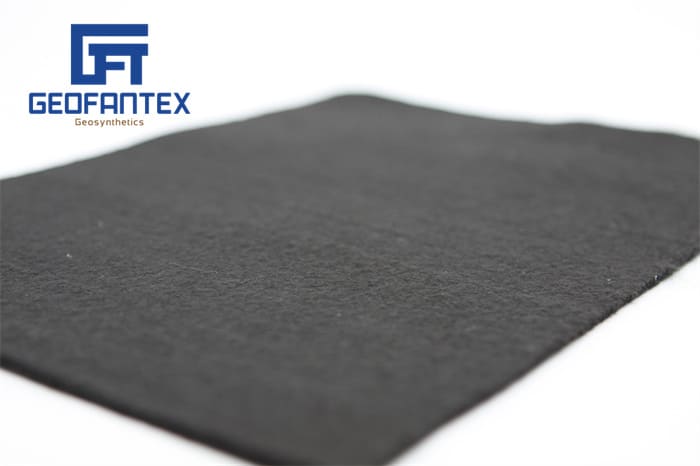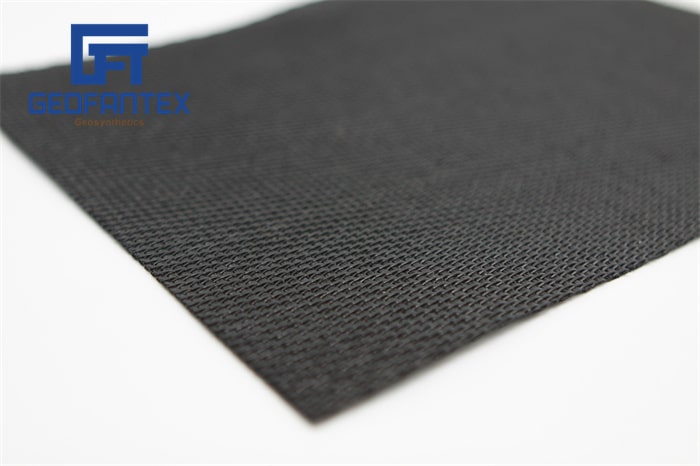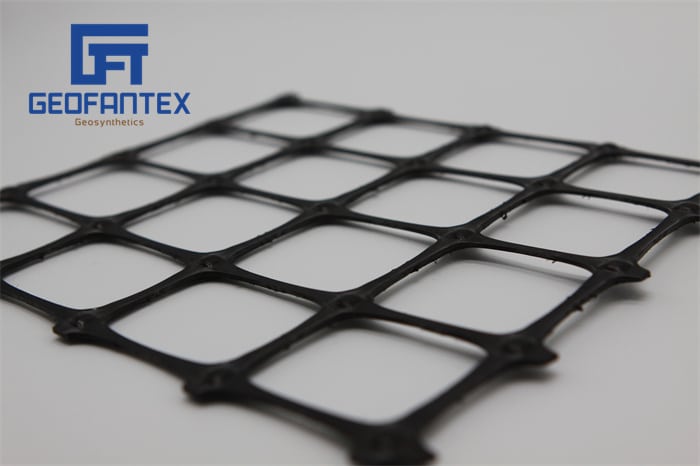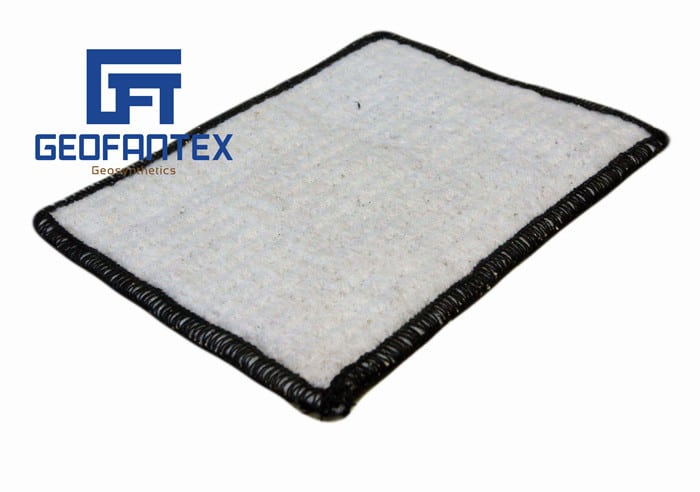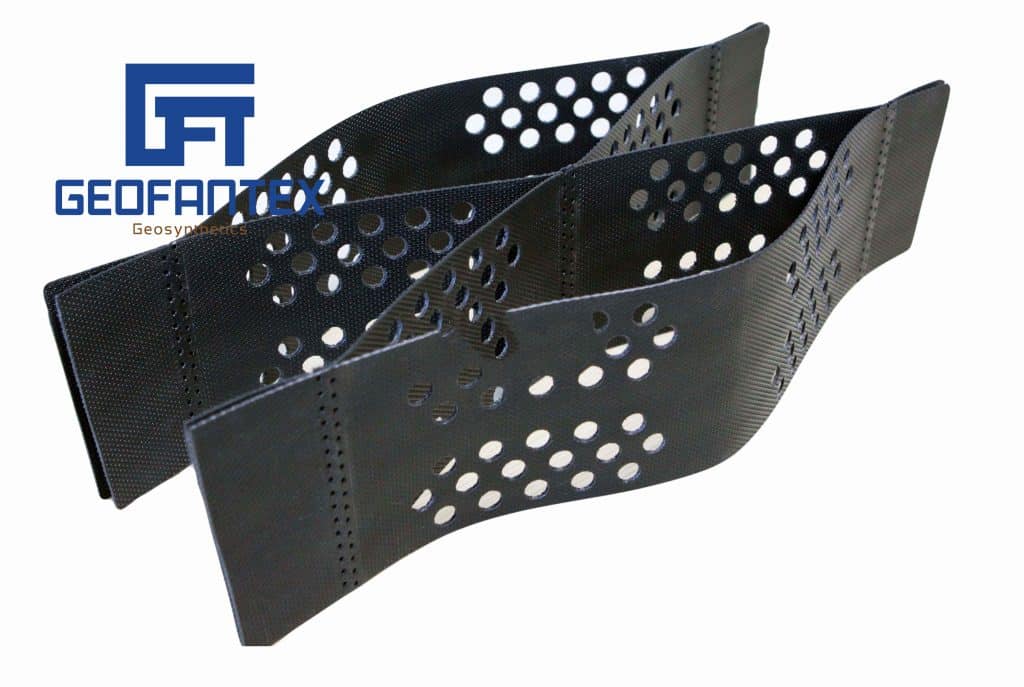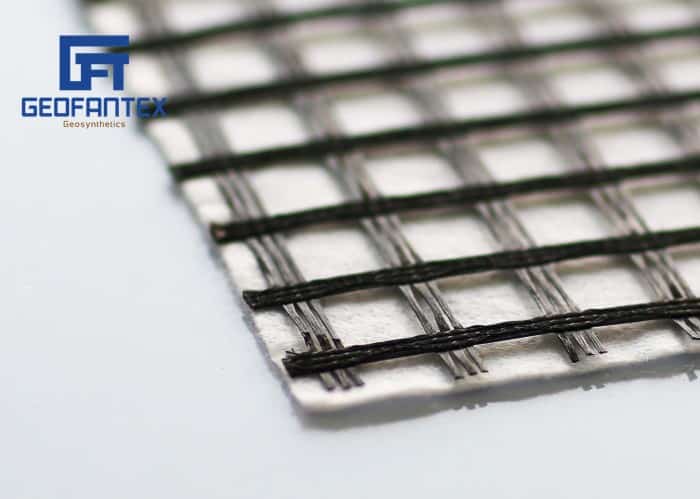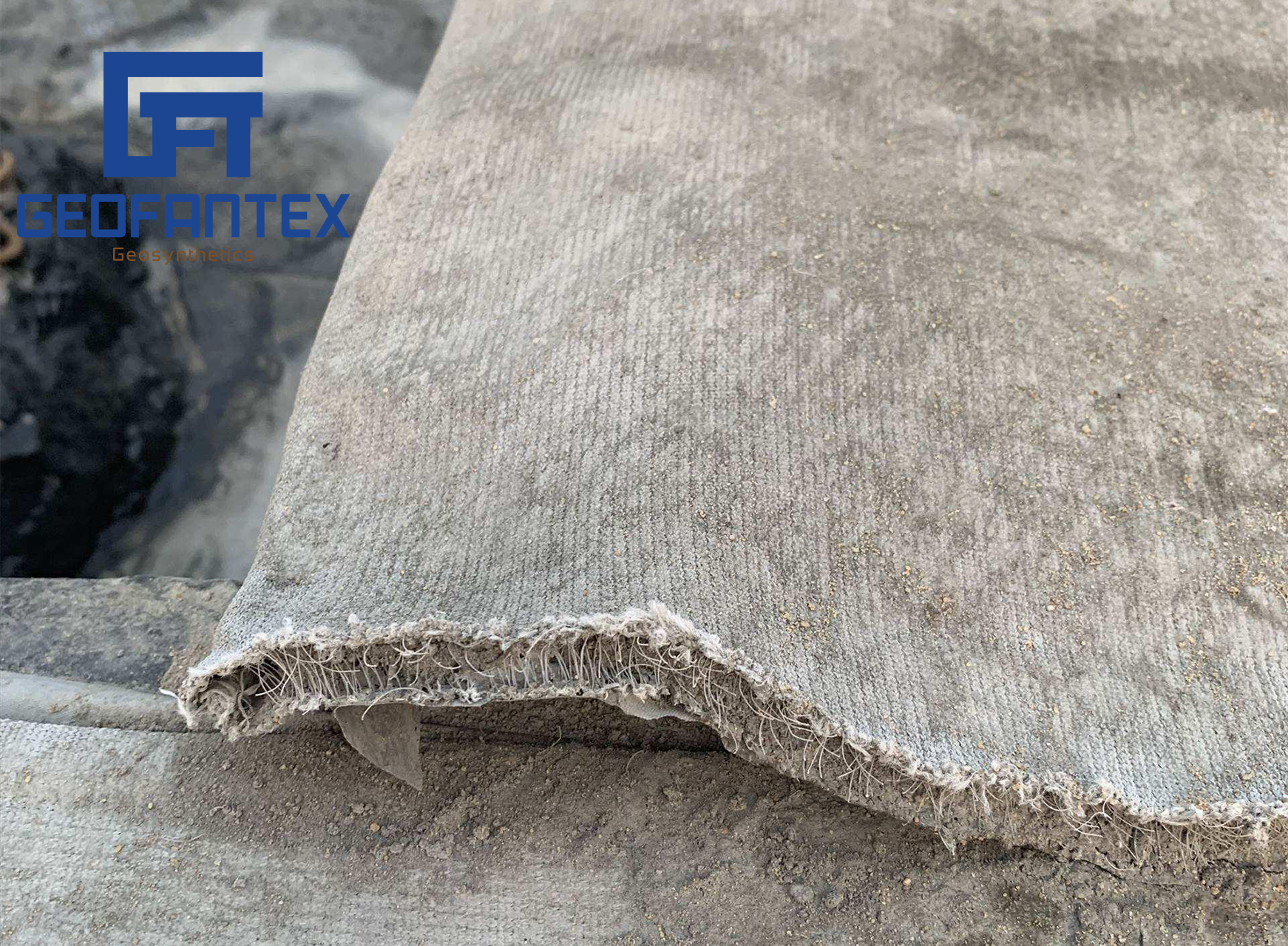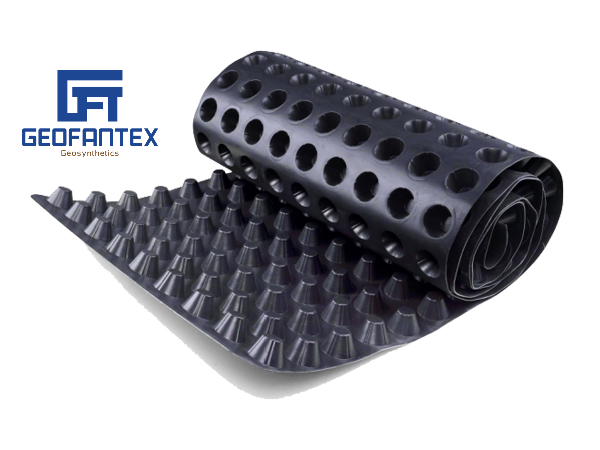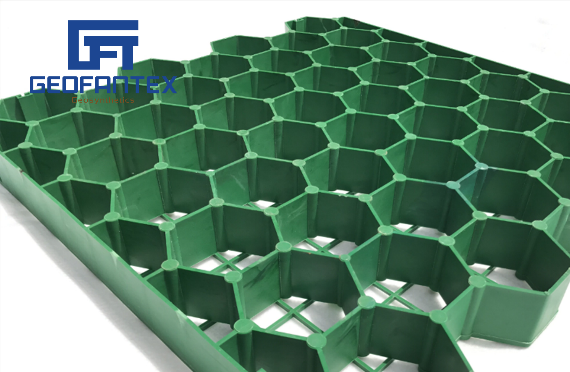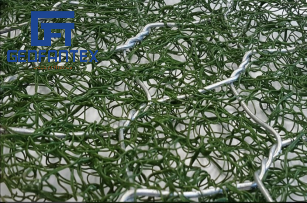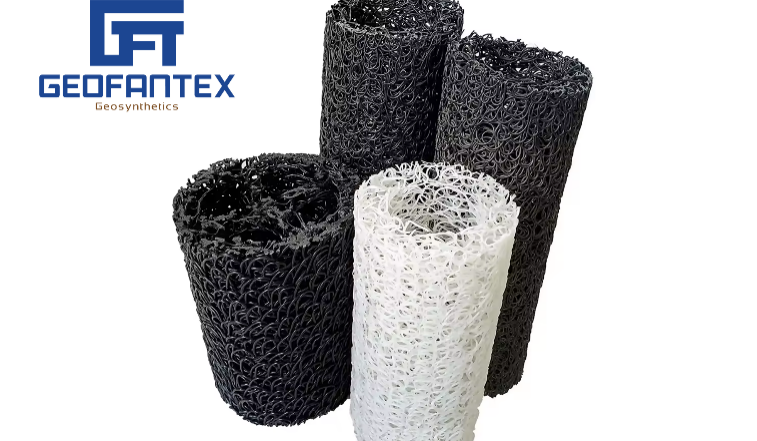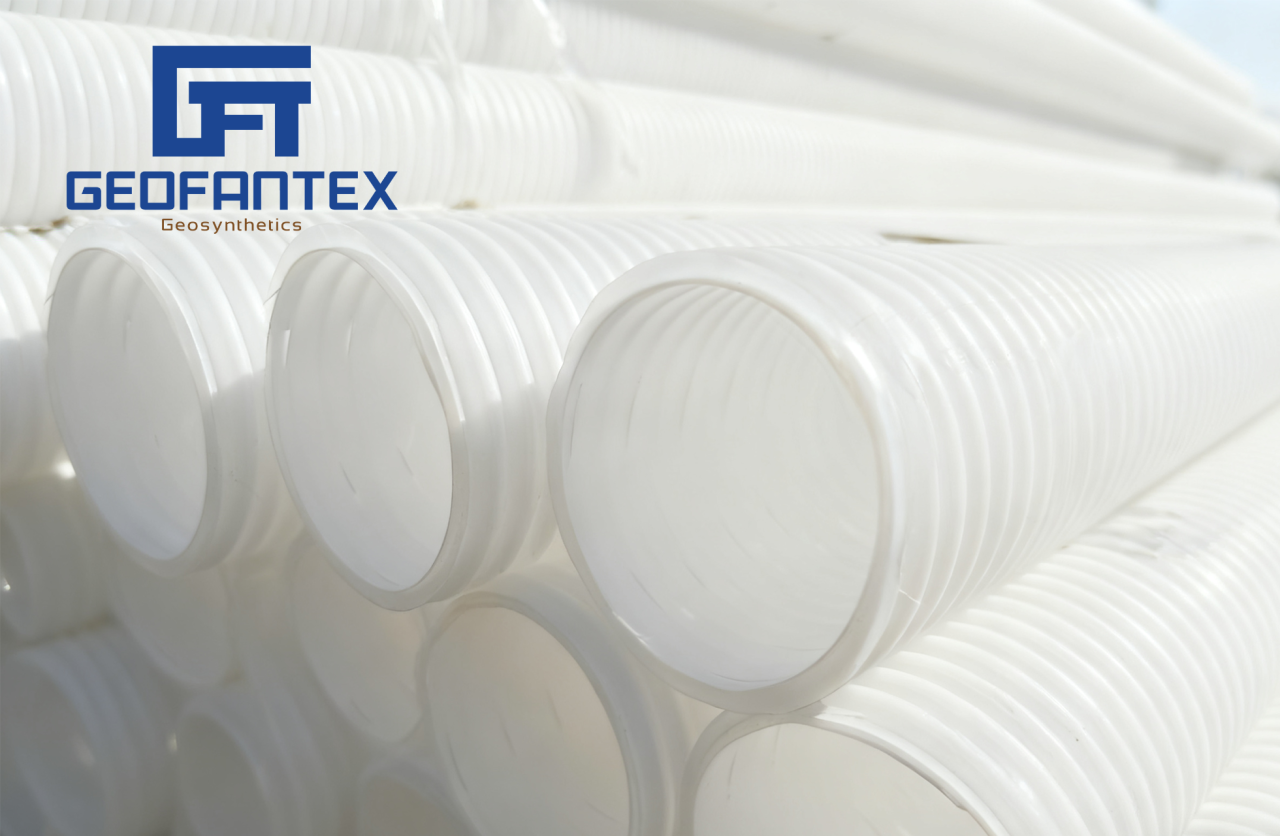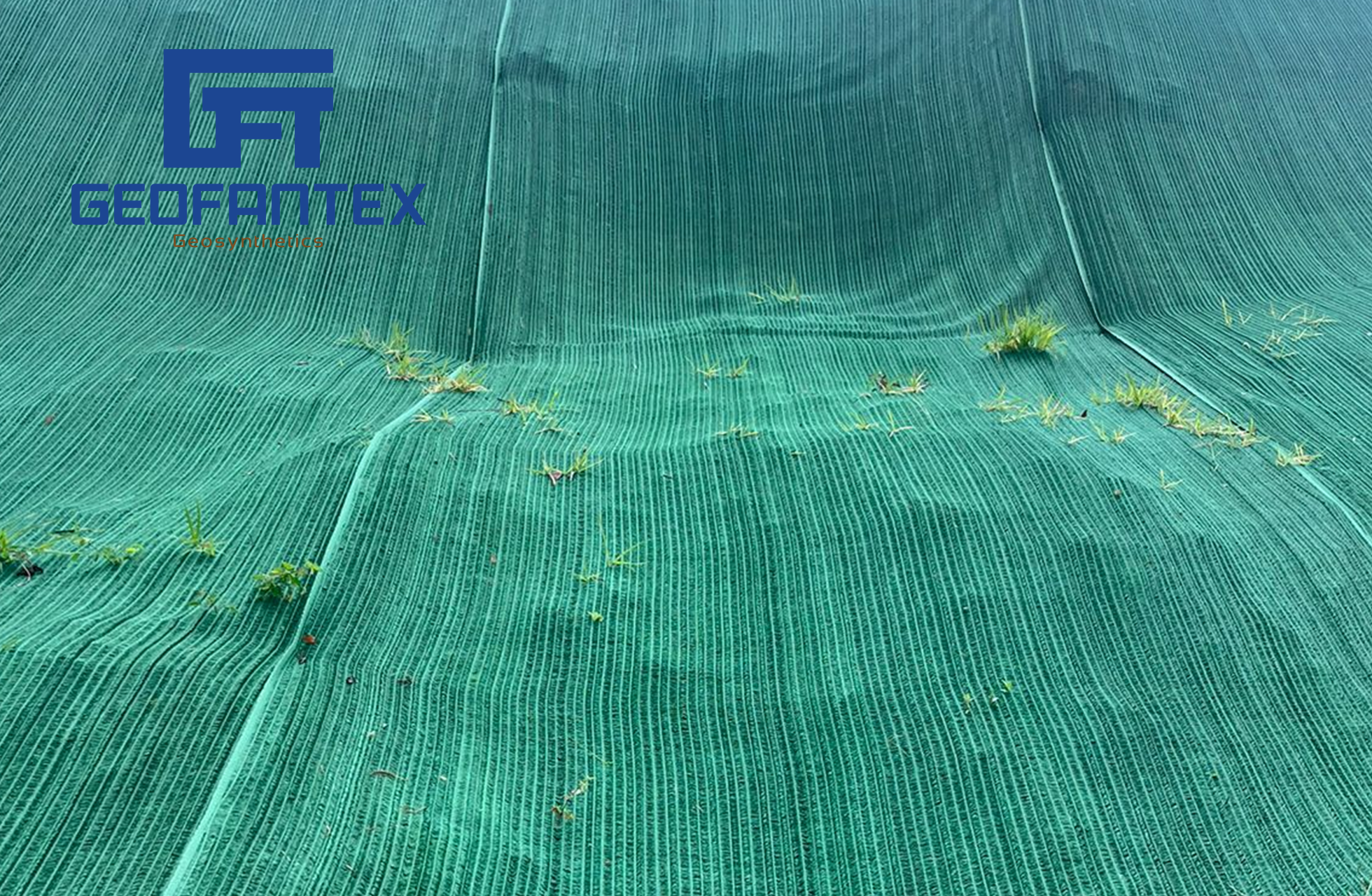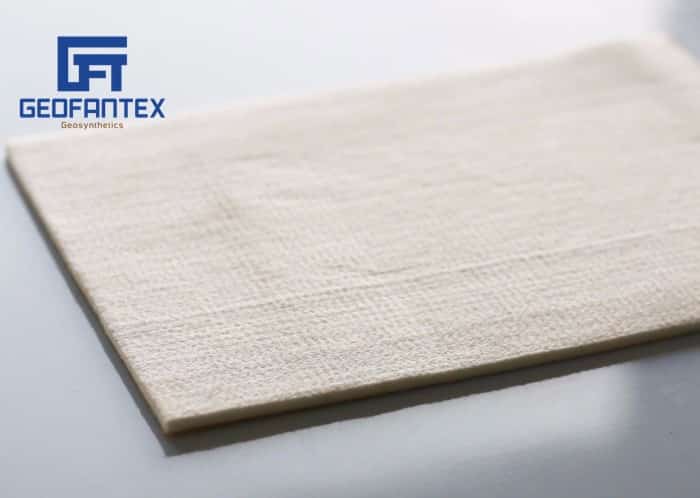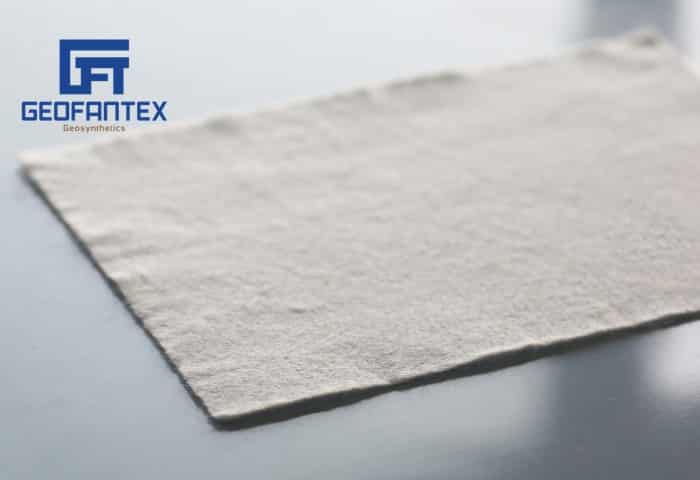+86-159 9860 6917
info@geofantex.com
geofantex@gmail.com
+86-400-8266163-44899
Geotextile fabric plays a crucial role in various civil engineering projects, providing essential solutions for soil stabilization, drainage, and erosion control. Here’s a detailed exploration of common questions about geotextile fabric:
What are the primary applications of geotextile fabric?

Geotextile fabric is widely used in civil engineering, environmental, and infrastructure projects due to its versatile functionality. Its main applications include:
- Soil Separation: Prevents different soil layers from mixing, maintaining structural integrity and avoiding contamination.
- Filtration: Allows water to pass through while retaining soil particles, reducing erosion and sediment loss.
- Reinforcement: Improves soil strength and distributes loads evenly, enhancing bearing capacity and stability.
- Drainage: Facilitates the removal of excess water, reducing pore pressure and improving soil performance.
- Erosion Control: Stabilizes slopes, embankments, and shorelines while supporting vegetation growth.
These properties make geotextile fabric essential in applications such as road and railway construction, embankments, retaining walls, and land reclamation projects, delivering both structural support and environmental benefits.
How does geotextile fabric help in soil stabilization?
- Separation: Geotextile fabric prevents mixing of different soil layers, maintaining the integrity of each layer and avoiding contamination between them.
- Reinforcement: It increases soil strength by distributing loads more evenly, reducing soil displacement and enhancing bearing capacity.
- Filtration: The fabric allows water to pass through while retaining fine soil particles, preventing soil erosion and loss of material.
- Drainage: It facilitates the removal of excess water from soil, reducing pore water pressure and increasing soil stability.
- Erosion Control: When placed on slopes or embankments, geotextiles help hold soil in place and support vegetation growth, reducing surface erosion.
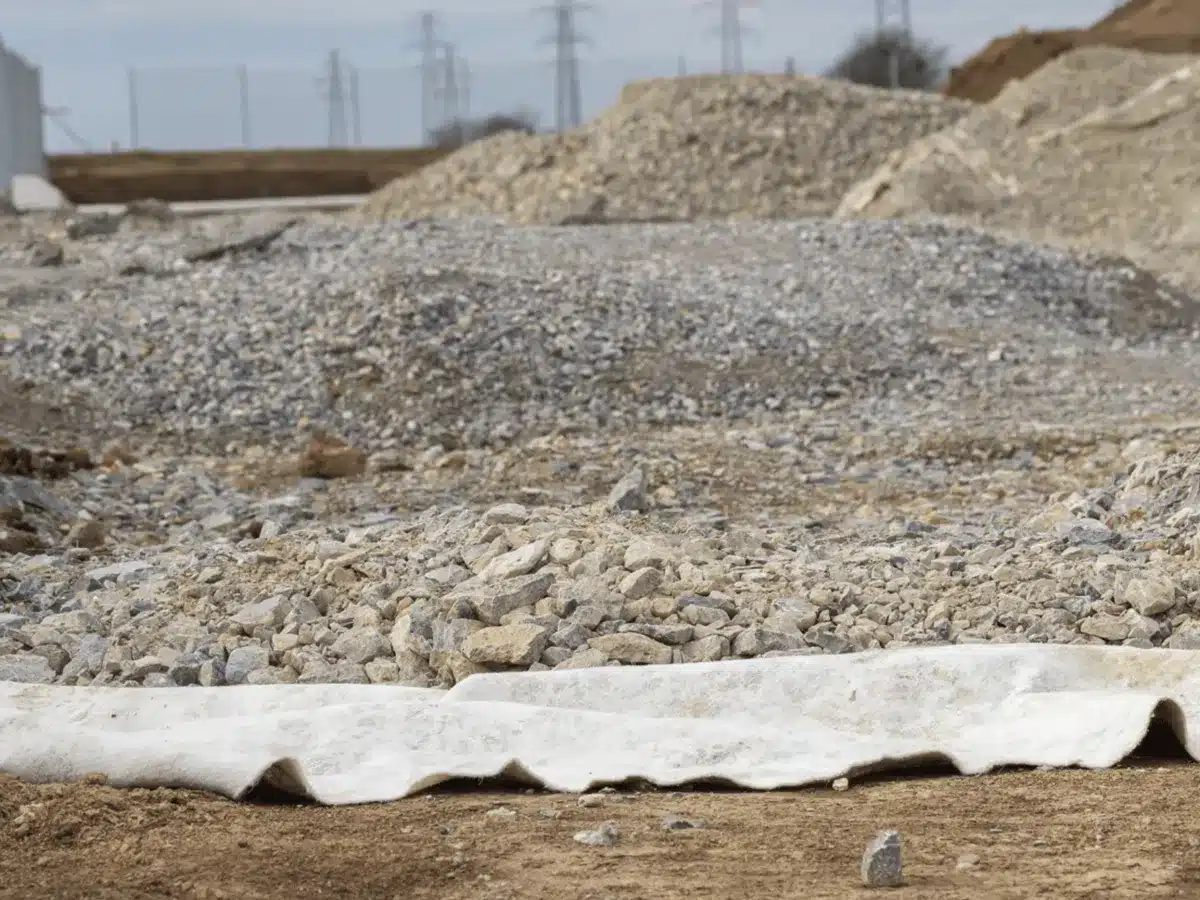
What types of geotextile fabrics are available?
Geotextile fabrics come mainly in two types—woven and non-woven—each designed for specific civil engineering needs:
- Woven Geotextiles: Manufactured by weaving polypropylene or polyester fibers, these fabrics offer high tensile strength and durability. They are typically used in soil reinforcement, stabilization of road bases, and heavy-load applications where strength and load distribution are critical.
- Non-Woven Geotextiles: Made by bonding fibers together through needle-punching or heat bonding, these fabrics provide excellent permeability and filtration properties. They are widely used in drainage systems, erosion control, and separation layers to prevent soil migration while allowing water flow.
- Knitted and Other Specialty Geotextiles: Although less common, knitted geotextiles provide moderate strength with enhanced flexibility, suitable for certain stabilization and drainage tasks.
Selecting the right type depends on project requirements such as load-bearing capacity, permeability, and environmental conditions. Understanding these differences ensures optimal performance and longevity in construction and environmental applications.
How can geotextile fabric contribute to sustainable construction practices?
El geotextile fabric es un material clave en proyectos de ingeniería civil y ambiental, que aporta estabilidad, drenaje y control de erosión al suelo. Sus usos principales incluyen:
- Control de erosión: protege pendientes y taludes, soportando la vegetación y minimizando la erosión superficial.
- Separación de suelos: evita la mezcla de capas de tierra distintas, manteniendo la integridad de cada una.
- Filtración: permite el paso del agua mientras retiene partículas finas, previniendo erosión y pérdida de material.
- Refuerzo: distribuye cargas sobre el suelo, aumentando su resistencia y capacidad portante.
- Drenaje: facilita la evacuación del exceso de agua, reduciendo la presión de poros y mejorando la estabilidad del terreno.
Understanding the benefits and applications of geotextile fabric is essential for engineers and project managers involved in civil and environmental projects. By leveraging its properties, geotextile fabric plays a vital role in achieving durable and sustainable construction outcomes.
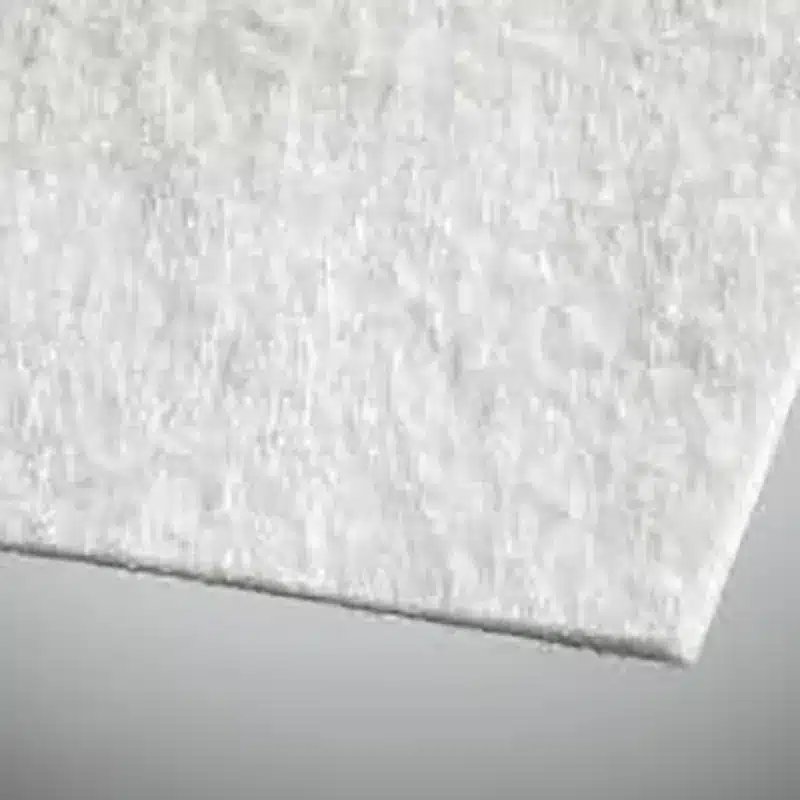

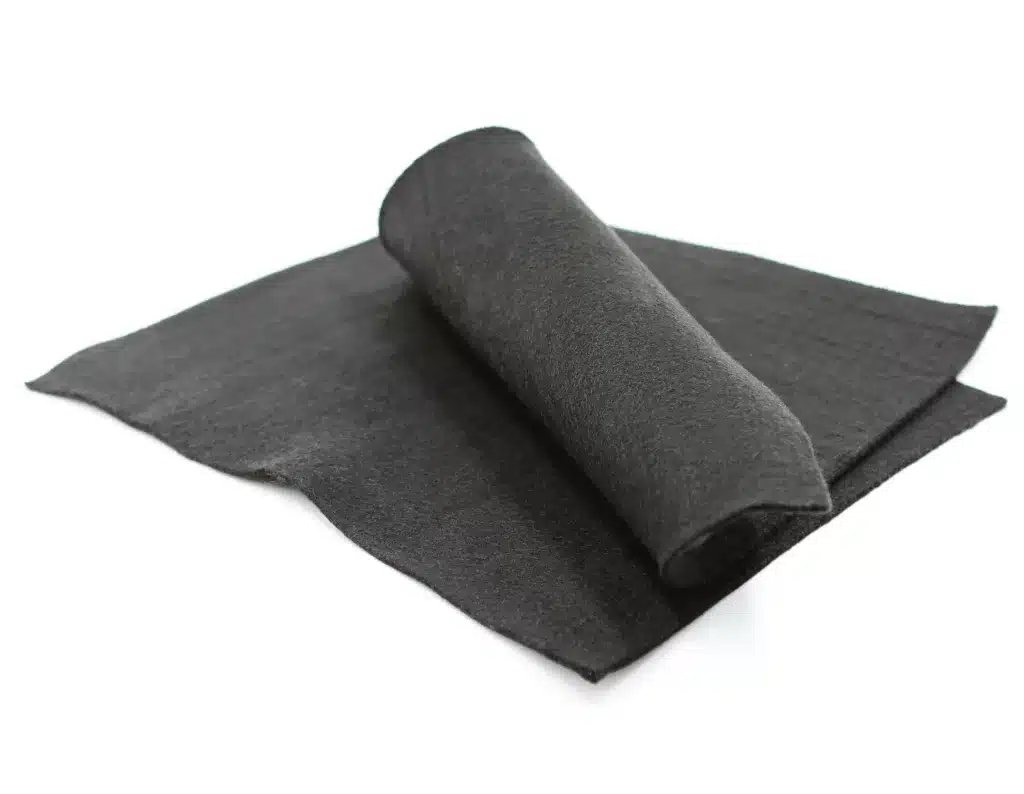
Get Free Sample
We’ll respond as soon as possible(within 12 hours)
